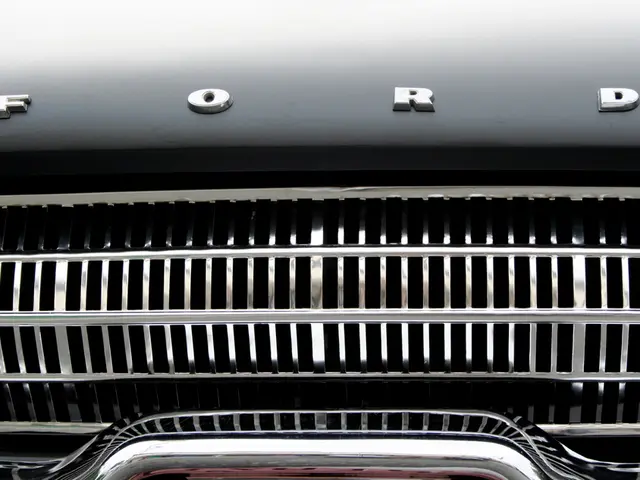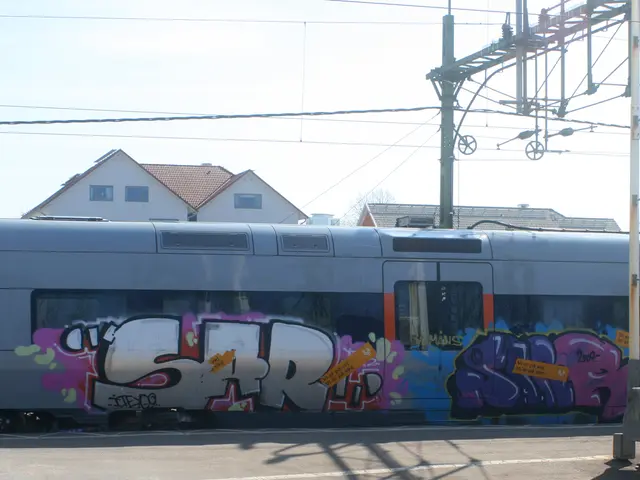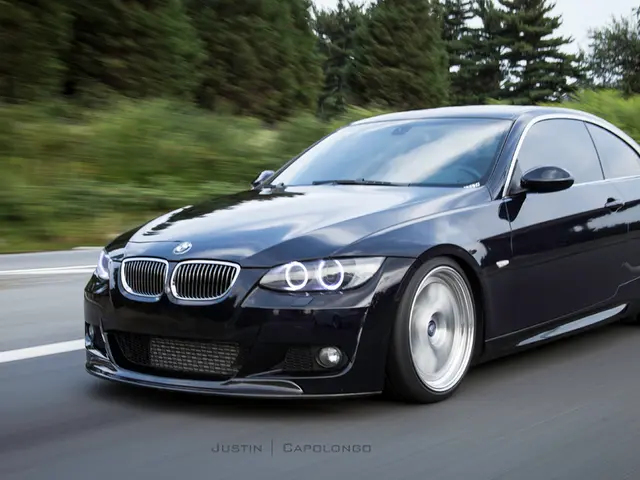Tesla's Cybertruck Faces EU Safety Hurdles, Design Changes Needed
Tesla's Cybertruck faces significant hurdles in the European market due to its non-compliance with crucial EU safety standards. The vehicle's rigid, sharp-edged design fails to meet regulations aimed at protecting pedestrians and other vulnerable road users.
The EU's UNECE R26 and R127 regulations mandate yielding zones, softened external contours, and energy absorption for pedestrian protection. The Cybertruck's stainless steel body, however, lacks these features, making it unroadworthy across the entire EU. Tesla must redesign the vehicle's exterior to remove sharp edges and create energy-absorbing front structures to comply with these standards.
Additionally, the Cybertruck's weight exceeds 3.5 tons, subjecting it to EU speed limiter requirements. To circumvent this, Tesla could reduce the vehicle's weight or equip it with speed limiters, potentially leading to a reclassification of the vehicle. Furthermore, a recent recall revealed that the Cybertruck's stainless steel sheets are merely glued together, not welded or bolted, raising further concerns about its structural integrity.
Without substantial changes, the Cybertruck remains effectively excluded from the European market. Even in the USAREUR-AF system, US forces cannot import and register the vehicle without EU type approval and guaranteed road safety. Tesla will need to make significant design and structural changes to meet these requirements, including energy absorption and no dangerous edges in impact tests.
Read also:
- UK Government Steps In With £1.5B Loan to Save Jaguar Land Rover From Cyberattack
- Hyundai accelerates production plans: Introducing 7 new N models, aiming for a sales figure of 100,000 units by 2030.
- Yasa, an electric car engine producer, plans to broaden its operations.
- Week 39/24 Highlights: Tesla CEO's visit, Robo-taxi buzz, Full Self-Driving study, Affordable electric cars, and European pricing less than €30,000








